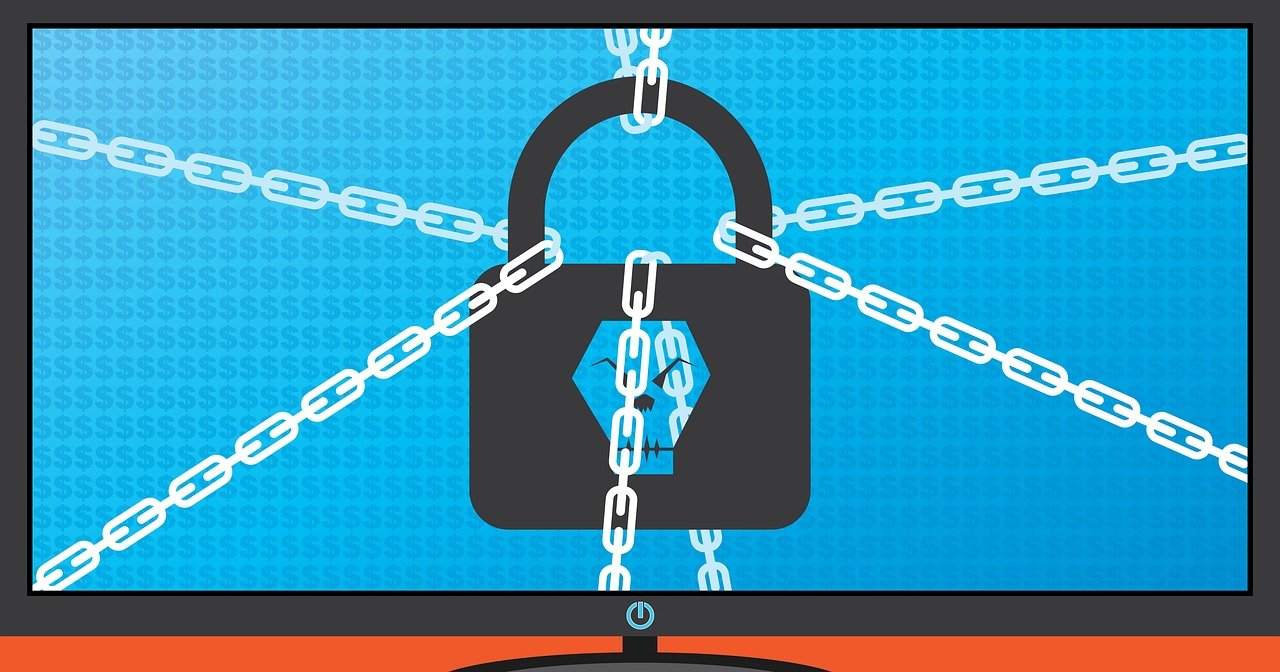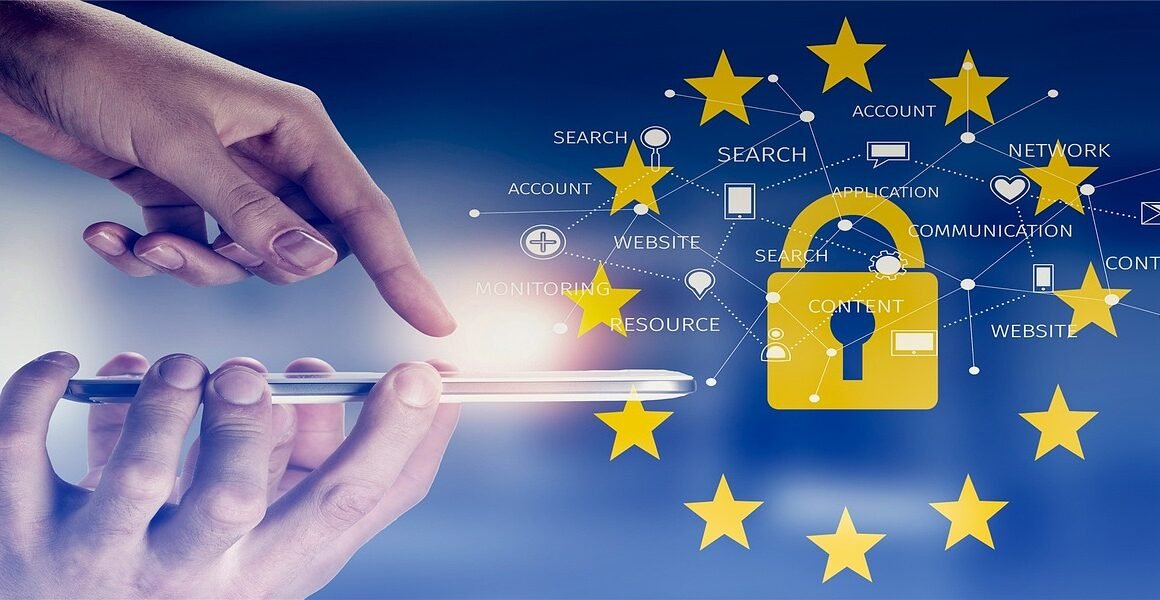Imagine waking up to discover your bank account emptied, your company’s sensitive data leaked online, or essential services like hospitals and power grids crippled. This isn’t a dystopian nightmare; it’s the very real threat posed by cyber attacks. As our reliance on digital infrastructure grows, so does the sophistication and frequency of these malicious acts. Understanding the nature of cyber attacks, their potential impact, and the steps we can take to defend against them is crucial for individuals, businesses, and governments alike.
Understanding the Landscape of Cyber Attacks
What is a Cyber Attack?
A cyber attack is any malicious attempt to access, damage, disrupt, or steal data, computer systems, networks, or digital devices. These attacks can be launched by individuals, criminal groups, or even state-sponsored actors, and they utilize a variety of methods to achieve their goals. The targets can range from personal computers and smartphones to large corporations and government agencies.
Common Types of Cyber Attacks
- Malware Attacks: This encompasses a wide range of malicious software, including viruses, worms, Trojan horses, and ransomware. These programs can infect systems, steal data, or encrypt files, rendering them inaccessible.
Example: WannaCry ransomware attack in 2017, which crippled organizations worldwide, demanding ransom payments in Bitcoin.
- Phishing Attacks: These attacks use deceptive emails, websites, or messages to trick individuals into revealing sensitive information, such as usernames, passwords, and credit card details.
Example: A fraudulent email disguised as a legitimate bank communication asking users to update their account details.
- Denial-of-Service (DoS) and Distributed Denial-of-Service (DDoS) Attacks: These attacks overwhelm a target system with traffic, making it unavailable to legitimate users.
Example: A website suddenly becoming unresponsive due to a flood of requests from numerous compromised computers (a botnet).
- Man-in-the-Middle (MitM) Attacks: Attackers intercept communication between two parties, allowing them to eavesdrop or alter the data being exchanged.
Example: An attacker intercepting data being sent between a user and a website on an unsecured Wi-Fi network.
- SQL Injection Attacks: Attackers insert malicious SQL code into application input fields to gain unauthorized access to a database.
* Example: Gaining access to user accounts by injecting malicious SQL code into a website’s login form.
Why are Cyber Attacks Increasing?
Several factors contribute to the rising prevalence of cyber attacks:
- Increased Connectivity: The proliferation of internet-connected devices (IoT) creates more potential entry points for attackers.
- Sophisticated Tools: Attackers have access to increasingly sophisticated and readily available tools, making it easier to launch attacks.
- Financial Gain: Cybercrime is a lucrative business, motivating criminals to constantly develop new attack methods.
- Geopolitical Motivations: Nation-states are increasingly using cyber attacks for espionage, sabotage, and disruption.
The Impact of Cyber Attacks
Financial Losses
Cyber attacks can result in significant financial losses for individuals and organizations. These losses can include:
- Ransom Payments: Paying ransoms to regain access to encrypted data.
- Data Breach Costs: Costs associated with investigating and remediating data breaches, including legal fees, notification costs, and credit monitoring services. According to IBM’s 2023 Cost of a Data Breach Report, the global average cost of a data breach reached $4.45 million.
- Business Disruption: Downtime and lost productivity caused by attacks.
- Reputational Damage: Loss of customer trust and brand value.
Operational Disruptions
Cyber attacks can disrupt critical infrastructure and essential services, leading to widespread chaos and disruption.
- Healthcare: Attacks on hospitals can disrupt patient care and compromise sensitive medical data.
- Energy: Attacks on power grids can cause blackouts and disrupt energy supply.
- Transportation: Attacks on transportation systems can disrupt travel and logistics.
Data Breaches and Privacy Violations
Cyber attacks often result in the theft of sensitive personal and financial data. This data can be used for identity theft, fraud, and other malicious purposes.
- Compromised Personal Information: Names, addresses, social security numbers, and financial information.
- Reputational Harm: Embarrassment and emotional distress caused by the disclosure of private information.
- Financial Loss: Unauthorized charges, fraudulent accounts, and other financial losses resulting from identity theft.
Protecting Yourself and Your Organization
Implementing Strong Security Measures
- Strong Passwords: Use strong, unique passwords for all accounts and enable multi-factor authentication (MFA) whenever possible. A password manager can help with this.
- Software Updates: Keep your operating system, software, and applications up to date with the latest security patches.
- Firewall Protection: Use a firewall to block unauthorized access to your network.
- Antivirus Software: Install and maintain antivirus software to detect and remove malware.
- Regular Backups: Back up your data regularly to an external drive or cloud storage. In the event of an attack, you can restore your data from your backups.
Educating and Training Employees
- Security Awareness Training: Provide regular security awareness training to employees to educate them about common cyber threats and best practices.
- Phishing Simulations: Conduct phishing simulations to test employees’ ability to identify and avoid phishing attacks.
- Incident Response Plan: Develop and implement an incident response plan to guide your organization’s response to a cyber attack.
Cybersecurity Best Practices for Businesses
- Risk Assessments: Conduct regular risk assessments to identify vulnerabilities and prioritize security efforts.
- Network Segmentation: Segment your network to isolate sensitive data and limit the impact of a potential breach.
- Intrusion Detection and Prevention Systems: Implement intrusion detection and prevention systems to monitor network traffic for suspicious activity.
- Data Encryption: Encrypt sensitive data at rest and in transit to protect it from unauthorized access.
- Vendor Risk Management: Assess the security posture of your vendors to ensure they are protecting your data.
Staying Ahead of Emerging Threats
Understanding New Attack Vectors
- AI-Powered Attacks: Attackers are increasingly using artificial intelligence (AI) to automate and enhance their attacks.
- Cloud Security Threats: The increasing adoption of cloud services introduces new security challenges, such as misconfigured cloud environments and data breaches.
- Supply Chain Attacks: Attackers are targeting organizations through their supply chains, compromising software and hardware to gain access to their networks.
Continuous Monitoring and Improvement
- Security Information and Event Management (SIEM): Implement a SIEM system to collect and analyze security logs from various sources.
- Threat Intelligence: Subscribe to threat intelligence feeds to stay informed about the latest threats and vulnerabilities.
- Penetration Testing: Conduct regular penetration testing to identify vulnerabilities in your systems and applications.
- Incident Response Drills: Conduct incident response drills to test and refine your incident response plan.
Conclusion
Cyber attacks are a constant and evolving threat that requires a proactive and multi-layered approach to security. By understanding the types of attacks, their potential impact, and the steps we can take to defend against them, individuals and organizations can significantly reduce their risk of becoming a victim. Staying informed about emerging threats and continuously improving our security posture is essential for staying ahead of the curve in the ongoing battle against cybercrime. Remember, cybersecurity is not a one-time fix, but an ongoing process of vigilance and adaptation.



